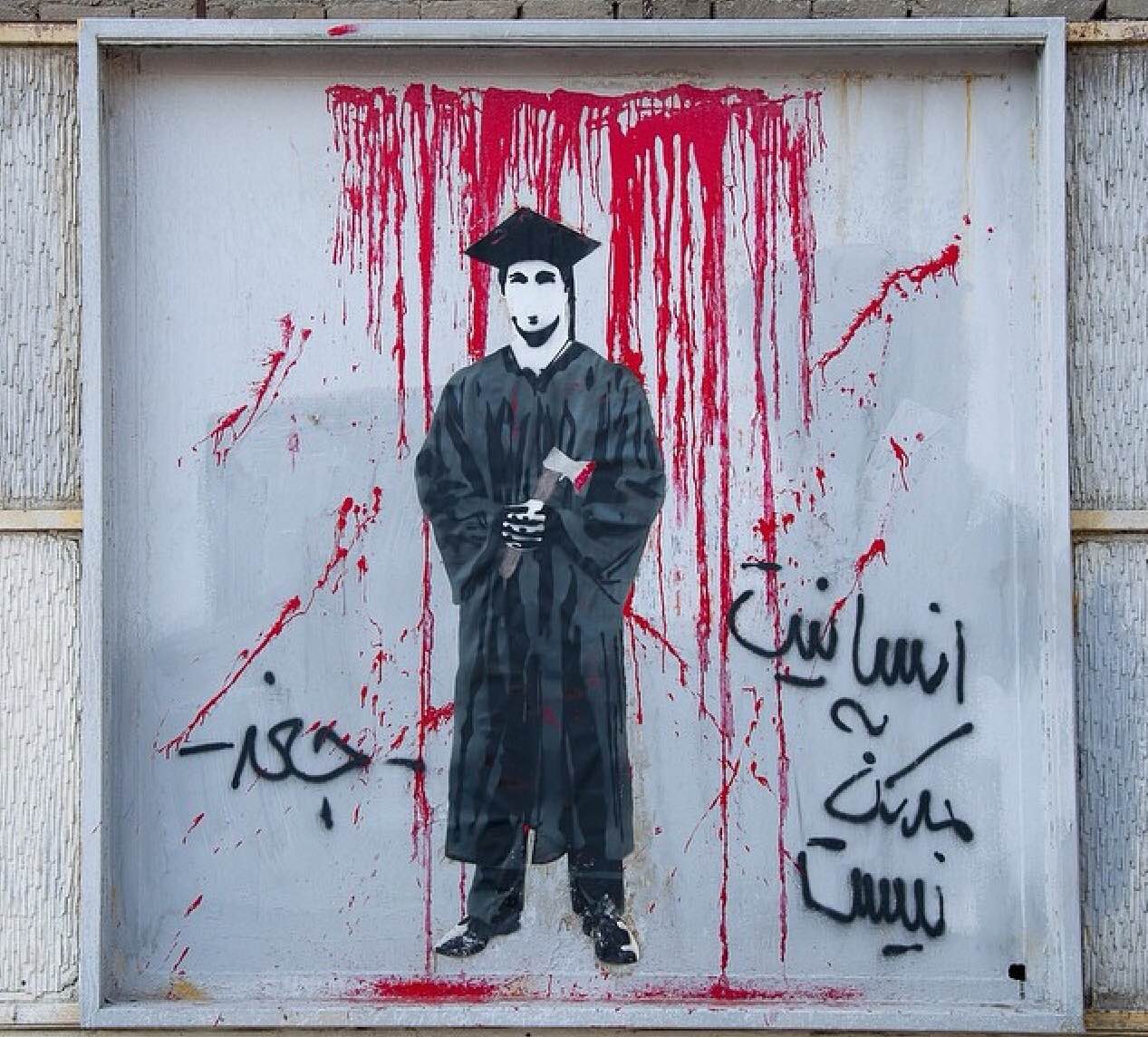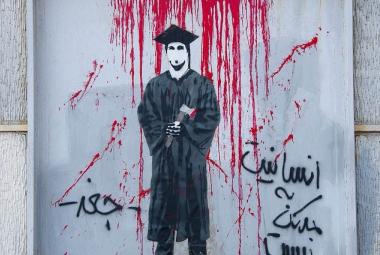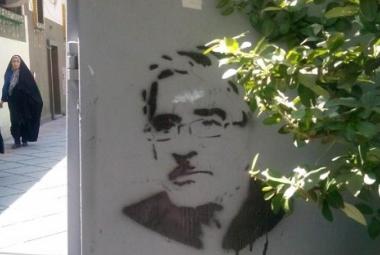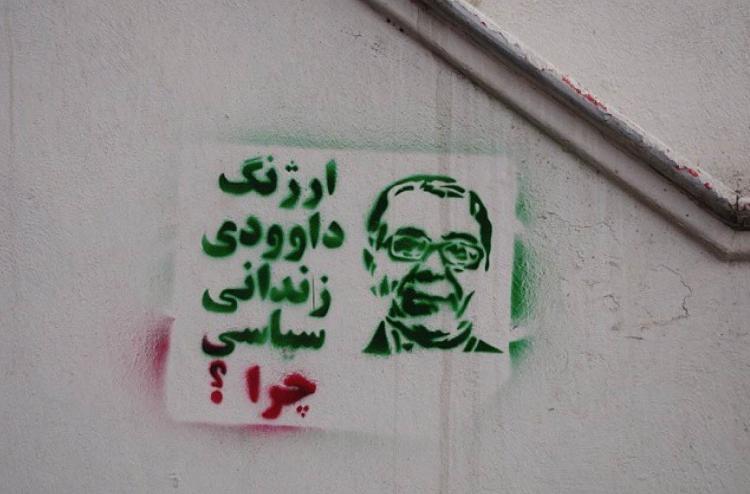BBC interviews Nama Jafari on street art in Iran
Nama Jafari is the editor of the online dissident magazine Sepanj, has published a collection of protest poems, and facilitated a number of anti-censor activities in Iran. In 2014 he arrived in Lillehammer City of Refuge after facing several threats and imprisonments in his home country because of his writing.
In June, Jafari was a guest in “Your turn” in BBC Persian together with other street art activists from Iran, Afghanistan, and Iranians living out side of Iran. They talk about their experiences on street art and peoples' and governments’ opinions on street art in Iran.
The interview is in Persian. Below the video follows an English translation of Jafari’s speech.
“The art without protest, is a eunuch art. The art breaks borders and sets the protest on your forehead. Street art is not that old in Iran. However, the huge number of limitations imposed by censorship in Iranian art and culture provide a context for the protests to emerge underground in rock and pop music and Graffiti. Street art owes this protest.
Graffiti has rapidly evolved in Tehran and other cities in Iran, especially after mass protests following the 10th presidential election in Iran.
The protest art, of which the main symbol is Graffiti, brings life to the soulless walls of the cities of Iran.
The streets of the city witness secretly the art of artists who create pieces of art with alias signatures; “Nafir”, “Ghalam-dar”, “FM”, “Lonely”, “Black hand”, and other names and signatures that are becoming a part of people of the city’s lives.
Wall painting in Iran is divided in two categories: people’s wall painting and the regime’s wall painting. The first category is more representing the daily political views against the regime’s policy or advertisements. The second category serves the ideological advertisements of the regime and shows the regime’s ideological plans. But what is known as street art was changed in the solar 80s. It was not advertising or political anymore but pure street art and was formed after the formation of Persian rap.
No one knows how and when the first Graffiti was formed in Iran, but some artists believe that the first Graffiti group in Iran, Rats, was founded by CK1 and Big Cheese. CK1 and Lonely were of the first to start doing Graffiti actively.
CK1 works on daily matters such as peace and friendship and is one of the first ones who used Iranian scripts as well as poets of Hafez, Rumi, Khayam, etc. in his Graffiti paintings. To continue his education in art, he traveled to Tabriz and Graffiti was formed in Tabriz as well. Later, this art was formed in other cities of Iran such as in Mashhad by Edrak, in Shiraz by AMIN/GRAFF and MAN, in Tabriz by SOT, ICY, and FRZ, in Kashan by R!oter and in Isfahan probably by Seier and so on in 2005-2006. Of other Graffiti artists in Iran Hadak, Nafir, Omgh, Khamosh, DAN, PST, Mad, Black hand, and Tajasom can be mentioned. Most of Graffiti works in Tehran are done in Ekbatan, in a place named the Greenhouse. There have always been conflicts with artists and the municipality and the latter wipes away the paintings from time to time.”
Nama Jafari on BBC Persian, June 2015.

Gallery:


Latest news
-
23.04.24
-
18.04.24
-
04.04.24
-
26.03.24
-
21.03.24







